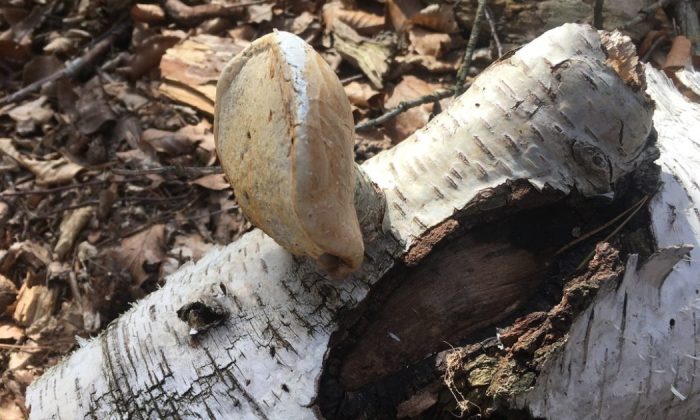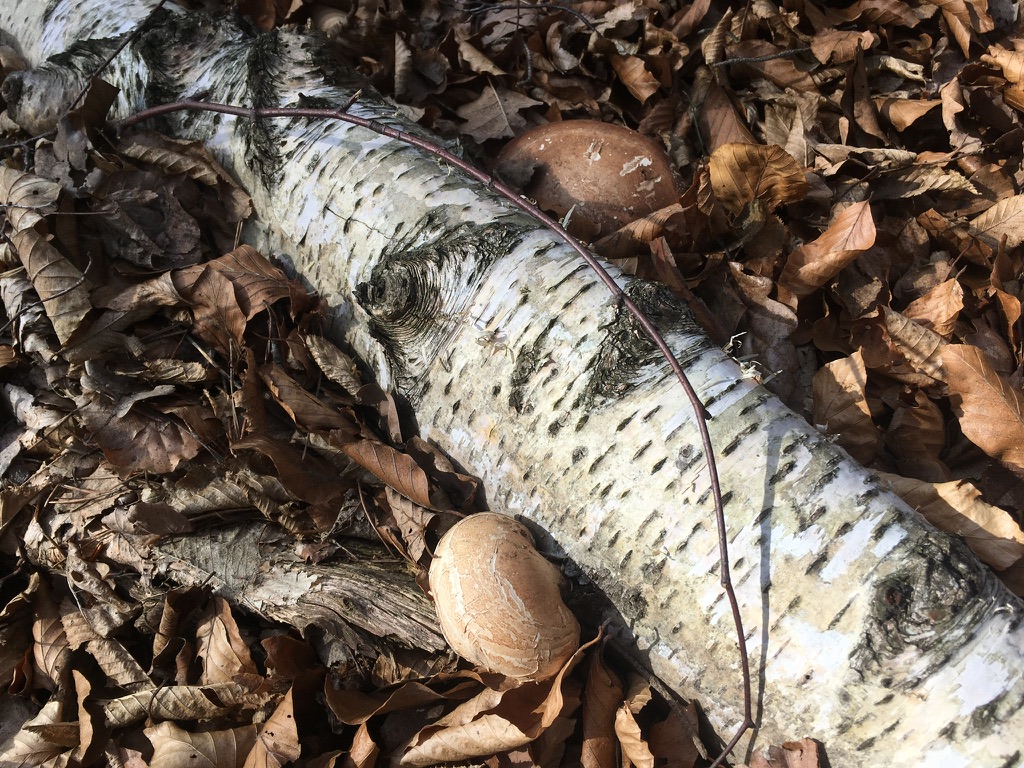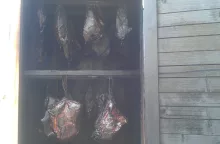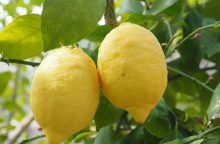Birch polypore a fungus with interesting history

Fomitopsis betulina, formerly Piptoporus betulinus is a fungus from the Botryosphaeriaceae family. This fungus got its name because it grows on trees that belong to the birch family. The mushroom is not edible, but offers many medicinal benefits and that is why we wanted to talk about it. Its healing effects have been known and tried by entire generations. You can find it literally everywhere where birches grow.
Interesting history of the mushroom
A person frozen in ice was recently discovered in the Alps. It was a shepherd who lived five thousand years ago. Two mushrooms were found near him: Fomes fomentarius and birch polypore (Fomitopsis betulina). The shepherd and mushrooms were found well preserved thanks to being locked in ice and without being exposed to air. We know that these mushrooms have antibacterial, antiviral and also anti-inflammatory properties and can strengthens our immune system.
Photo: Radek Štěpán
How can you recognize birch polypore?
As already mentioned this mushroom needs birch type trees to grow. The mushroom is usually semicircular or kidney-shaped. Their colour ranges from pure white, through gray to brown. The surface is covered with small pores – you can only see them if you look really close. Pores are usually white to gray. The mushroom is very light – almost like a Styrofoam brick. Cut one in half and you will find a dry spongy structure that also resembles Styrofoam. The flesh is usually white or whitish.
Parasite on birch trees
Birch polypore is a parasitic fungus that can kill the entire birch tree. It literally eats it and most likely you will find it on trees that have been weakened somehow – for example by some disease or injury. The mushroom usually lives in the weakest areas – near the tree injury or in the crown of an injured tree from where it spreads down the trunk and slowly kills the tree.
Harvest birch
If you want to collect birch polypore, focus on infected trees. It usually lives too high so collection may be difficult. If you notice fallen branches under an infected tree, you should be able to find it. Infected branches lose strength, break and fall down. Birch polypore lives on the tree long after it killed it and uses the tree for “food”.
Tea, tincture and wound treatment
Do not eat the mushroom directly. If you try, you would feel like you are eating stuff made of polystyrene – a very unpleasant experience. You need to dry it first and then you can prepare a tincture or a tea from it. If you get injured while walking in nature, for example, you can use a strip of birch polypore as a bandage. Cut the mushroom just below its surface and make strip out of it and wrap it around the wound.
Preview photo: Radek Štěpán

Gardening is my hobby, I have a lot of experience and I am happy to share it.









0 comments